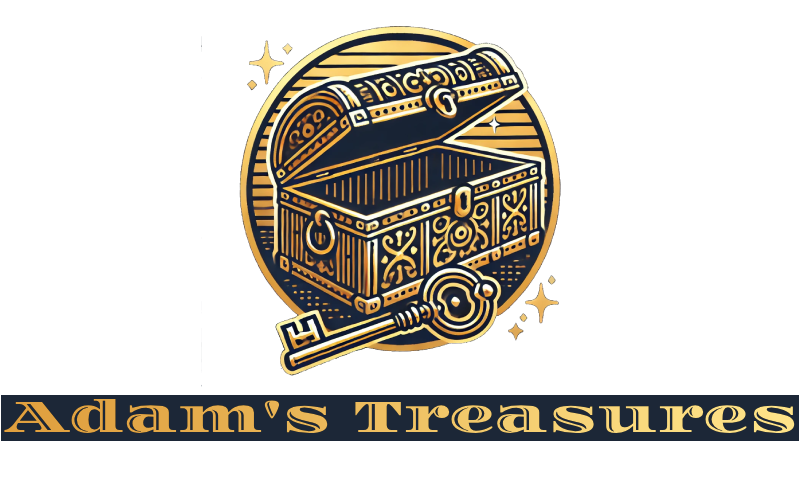Saint Patrick’s Day, celebrated on March 17th, is one of the most recognized cultural and religious observances in the world. Though the day honors Saint Patrick, the patron saint of Ireland, it has evolved into a global celebration of Irish culture, filled with parades, music, dancing, and, of course, the iconic color green. While the origins of Saint Patrick’s Day are deeply rooted in Irish history and Christianity, its widespread popularity today transcends borders, making it a joyful occasion for people of all backgrounds.
The Origins of Saint Patrick’s Day
Saint Patrick’s Day marks the death of Saint Patrick, who is credited with bringing Christianity to Ireland during the 5th century. Born in Roman Britain, Saint Patrick was captured by Irish raiders and taken to Ireland as a slave. After escaping and returning to his homeland, he eventually became a missionary, spreading the Christian faith throughout Ireland. According to legend, Patrick used the three-leafed shamrock to explain the concept of the Holy Trinity to the Irish people, which is why the shamrock became a symbol associated with the holiday.
The day was originally a religious feast day, celebrated with church services and solemn prayers. In Ireland, it was a holy day of obligation, meaning that the faithful were expected to attend mass. Over time, however, the celebration grew into a national festival marked by public festivities and events.

The Global Spread of Saint Patrick’s Day
While Saint Patrick’s Day was primarily observed in Ireland, it began to spread internationally, especially with the Irish diaspora. During the 18th and 19th centuries, large numbers of Irish immigrants arrived in the United States, and they brought their cultural traditions with them. In fact, the first Saint Patrick’s Day parade took place in New York City in 1762, organized by Irish soldiers serving in the British army. This parade marked the beginning of the holiday’s transformation into a massive celebration of Irish pride and heritage.
Today, Saint Patrick’s Day is celebrated not only in Ireland and the United States but in countries all around the world, from Canada to Australia, and even places like Japan and Argentina. The Irish-American influence has been especially significant, with parades, festivals, and public gatherings becoming common in cities across the globe.

Traditions and Symbols of Saint Patrick’s Day
The most recognizable symbol of Saint Patrick’s Day is the color green, which is associated with Ireland, often referred to as the “Emerald Isle” due to its lush green landscape. The Irish flag is green, white, and orange, with green representing Irish Catholics and nationalists. Wearing green on Saint Patrick’s Day is a fun tradition, believed to make people invisible to leprechauns, mischievous fairies who would pinch anyone not wearing green.
The shamrock is another iconic symbol, representing Saint Patrick’s teaching of the Holy Trinity. People often wear shamrock pins or decorate with shamrock motifs during the celebrations. Parades are a central part of the holiday, especially in cities with large Irish communities. In cities like Boston, Chicago, and Dublin, these parades feature marching bands, dancers, and floats, all paying tribute to Irish culture.
Food and drink are also integral to the festivities. In many places, traditional Irish dishes like corned beef and cabbage are served, along with plenty of Irish stout, most famously Guinness. In recent years, some cities even dye rivers and fountains green to add an extra festive touch to the celebrations.

A Day of Fun and Reflection
While Saint Patrick’s Day has become a lively celebration of Irish culture, it’s important to remember its religious origins. For many, it is still a day to reflect on the life of Saint Patrick and his contributions to Irish Christianity. Whether through attending mass or simply enjoying time with loved ones, Saint Patrick’s Day offers a moment to celebrate both the spiritual and cultural significance of Ireland’s patron saint.
In the end, Saint Patrick’s Day is a testament to the power of tradition, migration, and shared cultural heritage. From its humble religious beginnings to the grand festivities we see today, it is a day that unites people across the world in celebration, pride, and joy.
